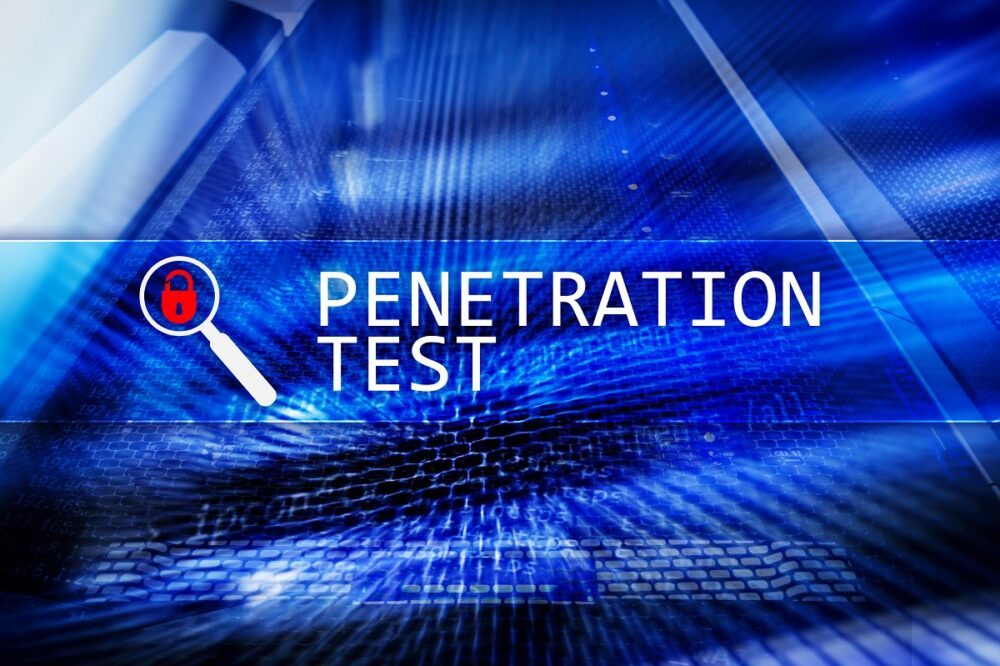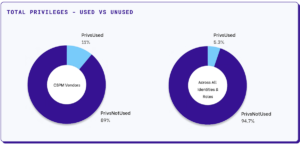Cybersecurity must evolve beyond reactively handling breaches and pivoting to protect an organization's data after the fact. Without proper precautions, cybercriminals from all over the world can easily take advantage of vulnerabilities within a company's Web applications, mobile applications, APIs, and more. Penetration testing, also known as pen testing, is a method of cybersecurity in which an expert plays the role of a malicious actor to expose the holes and flaws within a security infrastructure or codebase.
Pen testing is primarily facilitated by dedicated pen testers — some hired internally and others externally through an agency or freelance service. My six years at Cobalt have taught me new, unique, and hidden best practices. It's my ongoing mission and commitment to spread my knowledge and lessons with other security executives to enhance organizations' protection efforts.
What Is the Goal of Pen Testing?
Simply put, penetration testing is when a dedicated group of cybersecurity professionals simulate different cyberattacks on an application or network to test for potential vulnerabilities. The goal is to improve the security posture of an organization and discover easily exploitable vulnerabilities within a security system so the company can proactively fix them. Bugs are bound to occur, but being aware of where vulnerabilities lie can polish your product and tighten up your security.
While many companies invest heavily in building up their infrastructure, the majority of the steps needed to protect investments happen after deployment. Thus, companies are left with a reactive response in place, addressing breaches and attacks on their network once it's too late. Given the fact that cyberattacks have the potential to ripple both internally and externally, leaders must take a proactive approach to cybersecurity, developing at-the-ready responses to squash incoming threats as they appear.
The merits of pen testing come into the limelight once organizations recognize the cycle of destruction caused by cyberattacks. This cycle entails more than the data potentially stolen. It involves the time not only to address the initial vulnerability but to recover and secure any data that could have been potentially stolen. Needless time and resources are spent cleaning up the mess, rather than developing new code. A cycle develops wherein an organization launches new code into their network, an unforeseen vulnerability shows up, and the team has to scramble to fix the issue before it grows even larger. By taking the necessary steps before the new code goes into production, companies can remove themselves from this vicious circle of destruction.
According to Cobalt's "State of Pentesting Report 2021," pen testing can be a time-consuming task. In fact, 55% of organizations said it takes weeks to get a pen test scheduled, with 22% saying it takes months. Modern pen testing practices use both automated tools and skilled manual testers to ensure maximum security in an efficient and timely fashion. Staying agile in your organization's cybersecurity practices will help cut down on the amount of time it takes to schedule the proper precautions.
What Are the Outside Benefits?
Pen testing has benefits outside of just vulnerability identification. Code often is dependent on other code, so frequent pen testing allows for new code to be tested before it's deployed into the live build, thus streamlining the development process and lowering development costs. Frequent pen testing also provides more timely results, enabling teams to be at the ready for emerging threats — compared with the standard annual pen test, where developers won't be aware of vulnerabilities for months on end.
In 2021, many security professionals had to quickly respond to the Log4j threat, but those who frequently pen tested were prepared to patch the exploitable vulnerabilities it caused. Due to the insight these developers obtained from previous pen tests, future code will become more secure, and engineers will learn from mistakes when developing future versions of their products. The more often these pen tests happen, the more compliant your products and code will become.
When to Schedule a Pen Test
The best time to schedule a pen test is — of course — before an attack occurs. While we cannot predict exactly when a breach will come, staying proactive and regularly testing and retesting vulnerabilities can save the company from a vicious cyberattack. Organizations can use pen testing to prepare new products, updates, and tools for customer or employee use, all while staying compliant and secure. But for those products to safely go into the hands of the intended audience, they need to be tested.
Proactivity starts with internally evaluating where vulnerabilities already exist within a security system. If discovered early, these vulnerabilities can be dealt with before they take on a life of their own — ultimately saving the company's reputation. Take note of all of the assets your team has (websites, servers, live code, etc.), and set a clear plan for exposure detection. Once your team is clear on the future strategy and practices, your pen testers can begin identifying and exposing the vulnerabilities that may be in your company's resources. Once the test is concluded, developers can start remediating any discovered vulnerabilities.
The important takeaway here is, these tests should not be performed on a one-and-done basis. Pen tests must be executed regularly to ensure security remains up to date with modern breaching methods. Cybersecurity changes (and becomes more complex) each day, forcing organizations to be ready for what's to come at a moment's notice.












